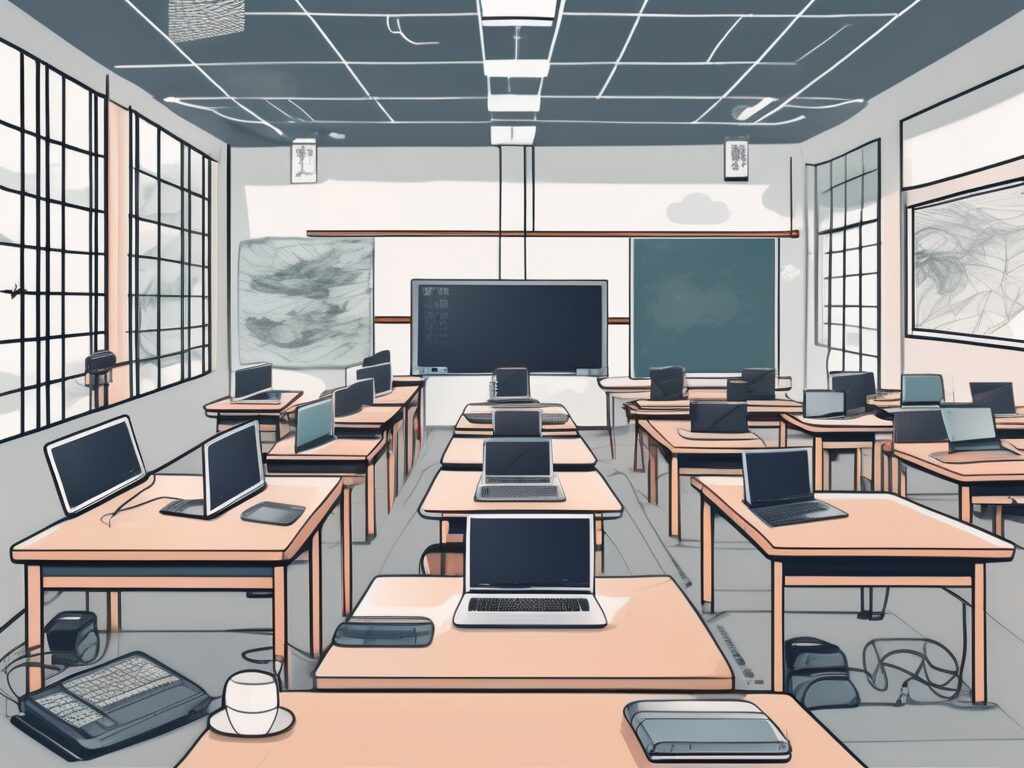Top 10 Technology Integration Strategies for Japanese Classrooms in 2025
Japan, often referred to as the Land of the Rising Sun, is globally recognized for its advancements in technology and innovation. However, the integration of technology within its educational framework is an evolving concept. This guide provides an in-depth analysis of the strategies that Japan is implementing to enhance its educational landscape through technology, the challenges faced, and the resultant benefits.
The Emergence of Technology in Japan’s Educational Framework
Japan’s education system is characterized by its rigorous standards and commitment to academic excellence. The introduction of technology has initiated a significant transformation in educational delivery methods. Traditional teaching methods, such as the use of chalkboards, are increasingly being replaced by interactive whiteboards, tablets, and comprehensive online learning platforms.
This shift aligns with a global trend towards digital education, paralleling advancements seen in sectors such as e-commerce and digital entertainment. In Japan, this transformation is largely propelled by government initiatives, notably the “Super Global High School (SGH)” program, which aims to equip students with essential skills for the 21st century.
Challenges in Technology Integration
Infrastructure and Accessibility
A primary challenge in the integration of technology within Japanese classrooms is the disparity in infrastructure. Not all educational institutions possess the requisite hardware, such as computers and smartboards, to facilitate effective digital learning. Additionally, accessibility remains a critical issue; urban schools often have the resources necessary for technological implementation, while rural institutions frequently struggle with limited access to high-speed internet and advanced technological tools.
This situation can be likened to attempting to view a high-definition film on an outdated television set—while some information may be conveyed, the full experience is compromised. Similarly, without adequate tools and access, students are unable to fully leverage the advantages that technology offers in education.
Teacher Training and Curriculum Development
Another significant challenge pertains to the training of educators and the development of curricula. The successful integration of technology in classrooms extends beyond the mere acquisition of devices; it necessitates that educators are proficient in utilizing these tools to enhance the learning experience. Teachers must receive training not only in the technical aspects of these technologies but also in their effective incorporation into pedagogical strategies.
To illustrate, mastering a new vehicle requires more than just knowledge of its controls; one must also understand navigation, traffic regulations, and adaptive responses to varying conditions. In a similar vein, educators must learn to navigate the digital landscape, adhere to online etiquette, and adjust to diverse learning environments.
Benefits of Technology Integration
Enhanced Learning Experience
When effectively implemented, technology can substantially enhance the educational experience. For instance, interactive whiteboards can foster greater engagement and interactivity during lessons. Online platforms offer a plethora of resources that allow students to explore content at their own pace. This transformation can be compared to transitioning from a traditional cookbook to a comprehensive cooking application, which not only provides recipes but also includes video tutorials, ingredient substitutions, and user feedback, thereby enriching the overall learning experience.
Preparation for Future Opportunities
By integrating technology into classrooms, Japan is equipping its students with vital digital literacy skills that will be indispensable in the future. In an increasingly technology-driven world, possessing a strong foundation in digital competencies is akin to holding a passport to global opportunities.
Conclusion
The integration of technology within Japanese classrooms presents a complex yet rewarding endeavor. Despite the challenges encountered, the potential benefits are substantial. As Japan continues to navigate this digital transformation, it is evident that the journey is as significant as the destination. Education transcends the mere transmission of knowledge; it encompasses the preparation of students to adeptly navigate the ever-evolving landscape of life.
Thus, whether it involves replacing traditional chalkboards with interactive whiteboards, transitioning from textbooks to tablets, or evolving from conventional classrooms to virtual learning environments, Japan’s commitment to integrating technology in education serves as a compelling case study in innovation, resilience, and foresight.
Advance Your Teaching Career with Technology and iPGCE
As Japan’s educational landscape evolves, the role of educators in leveraging technology to enhance learning experiences becomes increasingly critical. For those aspiring to be at the forefront of this transformation and to overcome qualification barriers, the International Postgraduate Certificate in Education (iPGCE) offers a pathway to success. The iPGCE program can lead to a 50% increase in interview callbacks, a 45% improvement in promotion rates, and provides access to a global network of professionals, thereby enhancing adaptability to international curricula. Seize the opportunity to advance your career, increase your earning potential, and join a community of educators dedicated to shaping the future of education. Enroll in the UK’s leading Teacher Training Course today and take the next step in your professional journey.

